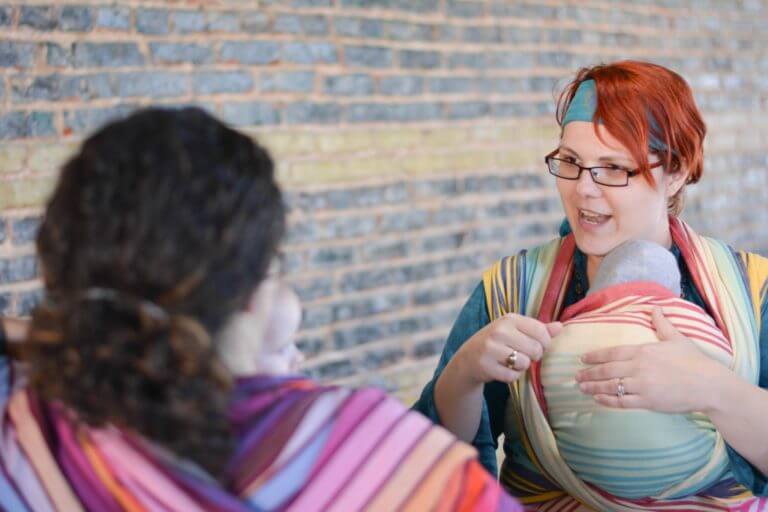Spanking: What’s the Research Say?
The age-old debate has recently surfaced yet again. The hot topic issue of spanking as a means of discipline continues to divide parents across our country. While most Americans think that spanking is simultaneous with parenting, The American Academy of Pediatrics (AAP) points to insurmountable evidence that spanking may actually be harmful for a child’s brain development and may in fact lead to aggression and mental health disorders. This loud cry from the AAP may be just what it takes to shift the tides and decline the spanking era.
A recent study asked 758 children between the ages of 19-20 years old how often they had been spanked, slapped or hit with an object as a form of punishment as a child. The author of the study, Jeff Temple, connected children that admitted to experiencing corporal punishment were more likely to have recently committed dating violence.
“For children, their parents are the most important people in the world, and they learn from them what are social norms and how people should behave towards one another. Corporal punishment confuses the boundaries between love and violence for children while they are learning how to treat others,” claims Dr. Bob Sege, a spokesman for the AAP who specializes in the prevention of childhood violence.
An expert in partner violence, Emily Rothman, also claims that being hit by a parent can elevate stress and can reduce a child’s ability to cope. This, in turn, leads them to lash out when they are angry or upset. The UN Committee of the Rights of the Child defines corporal punishment as “any punishment in which physical force is used and intended to cause some degree of pain or discomfort, however light.”
The latest data shows that 73.6% of parents strongly agree that spanking is sometimes necessary to discipline a child. Most of these parents argue “they turned out just fine” and continue with the behavior. AAP spokesman contradicts that our goal in parenting is not to have children that “turn out just fine” but that are “healthier and happier” than the previous generation. “There’s no benefit to spanking,” Dr. Sege said. “We know that children grow and develop better with positive role modeling and by setting healthy limits. We can do better.”
We’ve asked Baltimore parenting educator, Sheena Hill of Parenting Works for an alternative to physical punishment for poor behavior. “We’re beyond thrilled that the AAP has strengthened it’s position on spanking. But the new recommendations fall short of helping parents understand their most important tool for gaining cooperation: your relationship with your child. As social creatures, the limbic system of humans is literally built with responsive interactions with other brains (and the people they belong to). This means that your child’s top need when behavior is off-track is connection with you! Remember that all behavior is communication and children are attachment-seeking (not attention-seeking), so focus on providing authentic connection prior to any type of correction and lesson-teaching. This ensures that your child’s brain feels calm and secure enough to be receptive to learning and thinking more clearly (because you can’t learn when you’re in distress). In my experience as a responsive parent coach, I’ve found that most parents don’t want to spank, but they struggle to know what what to do when kids just aren’t listening. How can you focus on connection in the heat of the moment?
1. Take 3 slow breaths, so you are ready and open to connection with them.
2. Put your phone down (or whatever else is in your hand) and get close to them, if possible. Soften your body (if you’re still feeling tense) and make eye contact as you offer a loving touch or gently say the child’s name.
3. Don’t worry about stopping their feelings or fixing the situation. Instead, just offer your presence, touch, and voice to confidently validate their experience and emotions. Your only job is to help your child feel understood enough that the body naturally resets.
4. Once the child is calm and back to the thinking part of the brain, you can restate your limit and follow through, by empowering the child with choices (“it’s bath time–would you like to walk up the stairs or be carried?”) Or by using play to build a bridge and keep them calm and ready for cooperation (“it’s time to get in the car. Let’s walk like robots out the door!” Or “it’s time to clean up. What toy would you like to bring to the car with you?”).
5. If you notice a pattern of repeated not listening, use connection as a proactive tool to help them feel more regulated as a baseline.”


